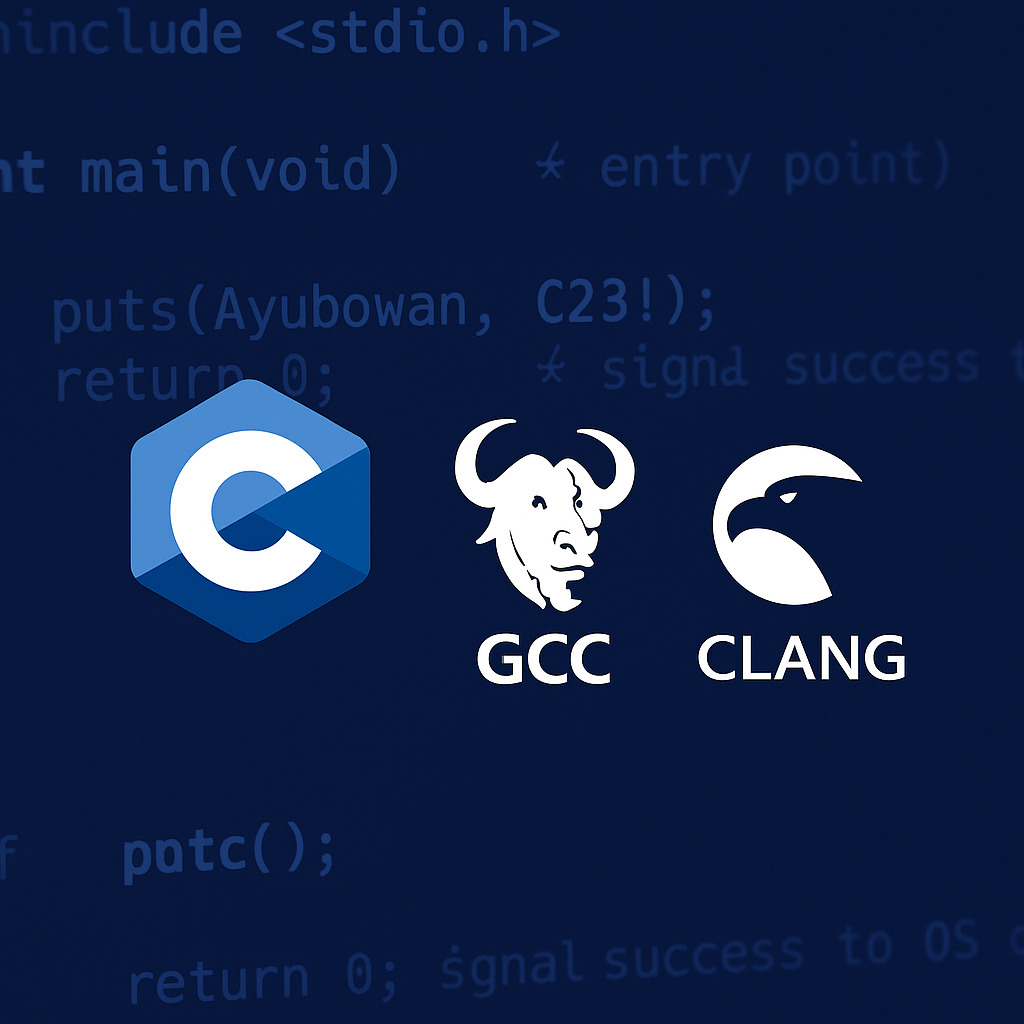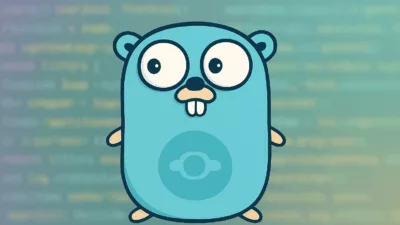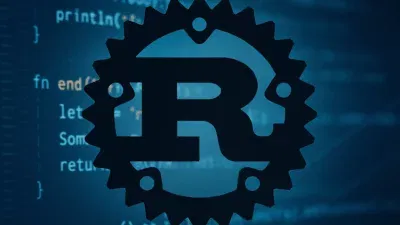C remains one of the most influential programming languages in 2025 because it sits at the core of operating‑systems kernels, embedded controllers, database engines, GPU drivers, and even the runtimes of “modern” languages such as Python and Rust. This C programming guide 2025 highlights the publication of the new C23 standard (ISO/IEC 9899:2024) re‑energised the community by adding safer integer types, standard‑syntax attributes, and portable Unicode character names.
Toolchains such as GCC 15 and Clang 18 already ship near‑complete C23 support, while build systems like CMake 3.29 and Meson 1.5 make dependency handling far easier than the Makefiles of the 1990s. At the same time, memory‑safety research (e.g. the hardware‑assisted CHERI project) and guideline updates such as MISRA C 2023 mean that beginners can learn C with far stronger safety nets than ever before.
This guide walks you from installing a compiler on Windows, macOS, or GNU/Linux all the way to unit‑testing with CUnit, profiling with Valgrind 3.23, and writing C23‑compliant, test‑driven code that will compile cleanly on both x86‑64 and Arm devices.
Table of contents
- 1 Why learn C in 2025?
- 2 Setting up the tool‑chain
- 3 Language fundamentals
- 4 Functions and modular programming
- 5 Memory model, pointers, and arrays
- 6 User‑defined types
- 7 The standard library and file I/O
- 8 Building, dependency‑management, and packaging
- 9 Debugging and profiling
- 10 Testing & Continuous Integration
- 11 Evolution of the C standard
- 12 Safe and secure coding
- 13 Concurrency and parallelism
- 14 Interoperability with other languages
- 15 Learning path and resources
- 16 Conclusion
- References
1 Why learn C in 2025?
C’s longevity lies in three inter‑related facts. First, it offers predictable performance because the language maps almost one‑to‑one to machine instructions, which is vital for latency‑sensitive domains such as real‑time control or graphics drivers (ISO/IEC 9899:2024) (en.wikipedia.org). Second, demand for engineers who understand “close‑to‑metal” concepts continues even when high‑level jobs fluctuate; a 2025 semiconductor‑talent report finds that embedded‑systems skills out‑perform generic full‑stack roles (Careernet, 2025) . Third, C underpins newer languages—when you call a Python C‑extension or embed Lua in a game engine you are implicitly trusting C. Learning C equips you to debug performance bottlenecks across the whole stack.
2 Setting up the tool‑chain
2.1 Compilers
| Platform | Recommended compiler | C23 flag | Notes |
|---|---|---|---|
| GNU/Linux & WSL 2 | GCC 15.1 -std=c23 | Full front‑end support, incremental LTO (GCC, 2025) (gcc.gnu.org) | |
| macOS & FreeBSD | Clang 18 -std=c23 | Header‑unit experiments (Clang, 2025) (clang.llvm.org) | |
| Windows 11 | MSVC 19.40 /std:c23 | Partial, but integrates with Visual Studio debugger |
Use your operating‑system package manager (sudo apt install gcc‑15) or download official binaries. Always enable extra warnings (-Wall -Wextra -Wpedantic) and treat them as errors during learning (-Werror).
2.2 IDEs and editors
- VS Code + C/C++ Extension – cross‑platform, ships with debugger integration.
- CLion 2025 – adds static‑analysis surfaces directly in editor.
- Vim/Neovim with
coc-clangdfor a lightweight alternative.
3 Language fundamentals
3.1 Skeleton program
#include
int main(void) /* entry point */
{
puts("Ayubowan, C23!");
return 0; /* signal success to OS */
}
Compile and run:
gcc -std=c23 -Wall -Wextra hello.c -o hello && ./hello
3.2 Data types and qualifiers
| Category | Examples | Size notes (C23) |
|---|---|---|
| Signed integers | signed char, int, long long | Minimum ranges mandated; int ≥ 16 bits |
| Unsigned | unsigned int, uint8_t | |
| Floating‑point | float, double, long double | IEEE‑754 recommended |
_Bool | | Evaluates to 0 or 1 |
Use const for read‑only data and the new [[nodiscard]] attribute to warn if a function return value is ignored (ISO/IEC 9899:2024) (en.wikipedia.org).
3.3 Operators & control flow
C’s operator precedence is notorious. Always use parentheses when mixing arithmetic with logical tests. Prefer switch for constant dispatch and avoid deep nesting for readability.
4 Functions and modular programming
Define headers (.h) with function declarations and compile each implementation file (.c) separately:
/* math_utils.h */
#ifndef MATH_UTILS_H
#define MATH_UTILS_H
int add(int a, int b);
#endif
/* math_utils.c */
#include "math_utils.h"
int add(int a, int b) { return a + b; }
Separate compilation (gcc -c math_utils.c) keeps build times small and enables link‑time optimisation.
5 Memory model, pointers, and arrays
In C a variable’s value lives in memory and its address is the value of a pointer. Pointers allow flexible data‑structures but create risks:
int vals[10];
int *p = vals; /* points to first element */
Mis‑handling lifetimes yields undefined behaviour (UB). Use dynamic‑analysis tools such as Valgrind 3.23 to detect leaks and invalid accesses (Valgrind, 2024) (valgrind.org), and ThreadSanitizer for race‑conditions (Google, 2024) (github.com).
6 User‑defined types
struct– aggregate heterogeneous data.union– overlapping storage; useful for protocol frames.enum– named integral constants; use newenumattributes like[[deprecated]]in C23 for warnings.
7 The standard library and file I/O
The fopen / fread / fwrite) suffices for many tasks, but high‑performance projects often wrap platform APIs (e.g. read on POSIX, ReadFile on Win32). When reading text, handle UTF‑8; C23 formalises char8_t literals (u8"හෙලෝ") to aid multilingual support.
8 Building, dependency‑management, and packaging
8.1 Make → CMake & Meson
While plain Makefiles teach discipline, 2025 projects mostly adopt CMake or Meson because they generate IDE projects, handle target‑specific flags, and integrate testing. CMake 3.29 supports the C_STANDARD 23 property (Meeting C++, 2024) (meetingcpp.com). Meson 1.5 adds built‑in Rust dependencies and improved static‑linking for C (Meson, 2024) (mesonbuild.com).
8.2 Package managers
Conan 2.2 provides reproducible binaries for multiple build systems and compilers (Conan, 2025) (docs.conan.io). Beginners should learn to write a simple conanfile.txt to fetch zlib or SDL instead of manually copying .a files.
9 Debugging and profiling
| Tool | Key feature | Where to learn |
|---|---|---|
| GDB 14.2 | multi‑target debugging & SYCL GPU attach (Sourceware, 2025) (sourceware.org) | info breakpoints, layout regs |
| Intel® GDB fork | auto‑attach to Intel GPU kernels (Intel, 2024) (intel.com) | good for heterogeneous code |
| Valgrind 3.23 | finds leaks, uninitialised reads (Valgrind, 2024) (valgrind.org) | valgrind --leak-check=full ./myapp |
| perf / VTune | sampling, flame‑graphs | optimise hotspots |
Always compile with -g -O0 during bug‑hunt, and with -O2 plus LTO for release.
10 Testing & Continuous Integration
Write assertions early:
#include
assert(ptr != NULL);
Add a unit‑testing framework. CUnit 2.1 is pure‑C and easy for beginners (CUnit Docs, 2025) (cunit.sourceforge.net). If you need BDD style once you branch into C++, Catch2 v3 integrates with GitLab CI pipelines (GitLab, 2024) (about.gitlab.com).
A basic .gitlab-ci.yml job:
test:
script:
- meson setup build
- ninja -C build test
11 Evolution of the C standard
| Standard | Year | Highlights |
|---|---|---|
| C99 | 1999 | // comments, inline, VLAs |
| C11 | 2011 | _Atomic, thread library |
| C17 | 2018 | Bug‑fix & clarifications |
| C23 | 2024 | constexpr‑like consteval, [[nodiscard]], #elifdef, static‑assert messages (ISO/IEC 9899:2024) (en.wikipedia.org) |
Both GCC 15 and Clang 18 ship nearly full conformance; activate with -std=c23 and add -pedantic-errors to flag non‑portable extensions (GCC, 2025; Clang, 2025) (gcc.gnu.org, clang.llvm.org).
12 Safe and secure coding
12.1 Guidelines
- MISRA C 2023 – 175 rules grouped as mandatory, required, or advisory (MathWorks, 2025) (mathworks.com).
- CERT C secure‑coding standard – focus on undefined behaviour.
- AUTOSAR C++ (useful if you migrate to C++ later).
12.2 Static analysis tools
Tools like SonarQube, CodeQL, cppcheck and the more recent AI‑assisted Codeant.ai scan for violations automatically (Codeant, 2025) (codeant.ai). Integrate them in CI so new commits cannot enter main with un‑reviewed warnings.
12.3 Hardware‑assisted safety
The CHERI research project adds out‑of‑bounds pointer capability tracking to 64‑bit CPUs without rewriting source; early 2024 prototypes already booted full Linux distributions (Woodruff et al., 2024) (cl.cam.ac.uk). Expect CHERI to reach affordable SBCs within the next two years, which will make memory‑safe C attractive for IoT devices.
13 Concurrency and parallelism
C11 introduced portable threads (thrd_create) and atomics (atomic_int). For CPU‑bound loops on multi‑core machines, the OpenMP 5.2 standard (2024 revision) adds scan directives, improved declare variant, and memory‑consistency hints (OpenMP, 2025) (openmp.org). Compile with:
gcc -std=c23 -fopenmp -O2 parallel.c -o parallel
Remember that data‑races cause undefined behaviour; compile with -fsanitize=thread on GCC 15 to detect them in test builds (GCC TSan, 2025) (gcc.gnu.org).
14 Interoperability with other languages
- Python – write a CPython extension using the Python 3.13 limited API; handy for performance hotspots.
- Rust – export
extern "C"symbols and usebindgento auto‑generate Rust FFI. - JavaScript/WebAssembly – compile with Emscripten 3.3 (based on Clang 18) to run C code inside browsers.
These bridges motivate clean function boundaries, leaning on POD (plain old data) structs for ABI stability.
15 Learning path and resources
- Hello C23 – print text, experiment with
char8_t. - Control‑flow drills – implement an ATM menu, focus on
switch. - Arrays and pointers – write a bubble sort and validate with CUnit tests.
- File I/O mini‑project – CSV reader that converts LKR to USD.
- Build‑system migration – port project from single
gcccall to Meson. - Debugging challenge – deliberately insert a double‑free and catch it with Valgrind.
- Concurrency – parallelise CSV aggregation with OpenMP.
- Embed C in Python – expose sum function and benchmark vs pure Python.
For structured study follow the Coursera Embedded C specialisation (Coursera, 2025) (coursera.org) or Udemy’s practical microcontroller courses (Udemy, 2025) (udemy.com).
16 Conclusion
Learning C in 2025 offers both a historical perspective and modern relevance. The new C23 features, maturing static‑analysis ecosystems, and wider availability of safety‑oriented hardware mean that even novices can write robust, efficient code without suffering the legendary pitfalls of the 1980s. By following the incremental path above—installing a standards‑compliant compiler, adopting test‑driven development, observing MISRA rules, and experimenting with OpenMP—you will build a transferable skill‑set valued in embedded, high‑performance computing, and systems programming careers worldwide.
References
- Careernet 2025, Semicon jobs dip, niche skills in high demand, The Times of India 24 May.
- Clang Team 2025, ‘C Support in Clang’, LLVM Project Documentation.
- Codeant.ai 2025, The ultimate guide to static code analysis in 2025.
- GNU Project 2025, GCC 15 Release Notes.
- Google Sanitizers 2024, ‘ThreadSanitizer C/C++ Manual’, GitHub Wiki.
- Intel Corporation 2024, Intel Distribution for GDB Release Notes.
- ISO/IEC 9899:2024, Programming languages — C (C23), International Organization for Standardization, Geneva.
- MathWorks 2025, MISRA C 2023 Directives and Rules Reference.
- Meeting C++ 2024, ‘Starting a modern C++ project with CMake in 2024’, Blog post.
- Meson Build 2024, ‘Release 1.5.0 Notes’, mesonbuild.com.
- OpenMP Architecture Review Board 2025, OpenMP Specifications 5.2, www.openmp.org.
- Sourceware 2025, GDB 14.2 News.
- Valgrind Developers 2024, ‘Valgrind 3.23 Release’, valgrind.org.
- Woodruff, J. et al. 2024, ‘CHERI: Hardware‑Enabled C/C++ Memory Protection at Scale’, IEEE Security & Privacy pre‑print.
- Zhang, L. 2025, ‘Conan 2 User Guide’, conan.io.






